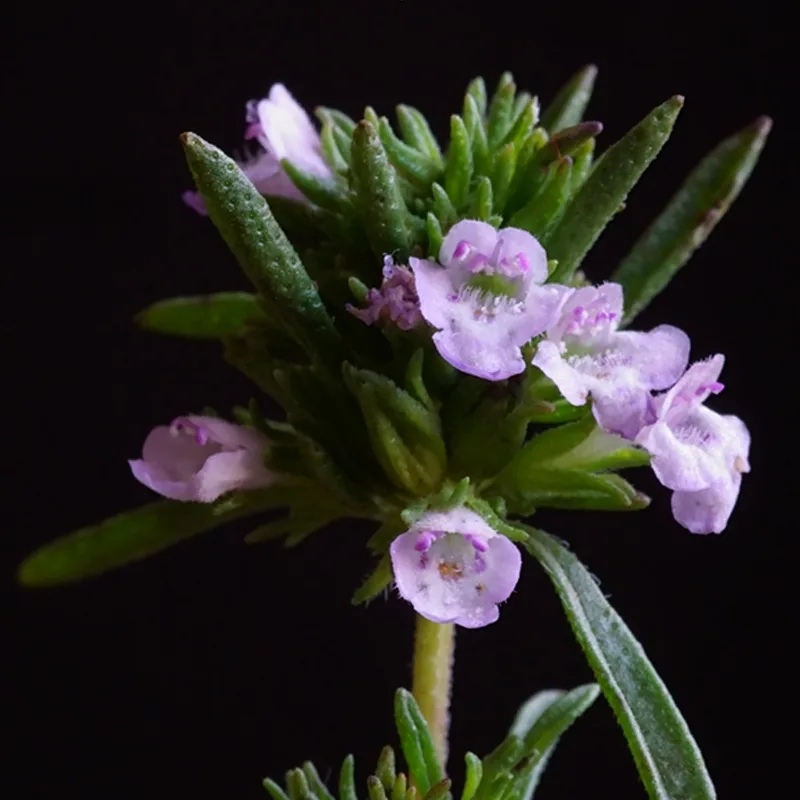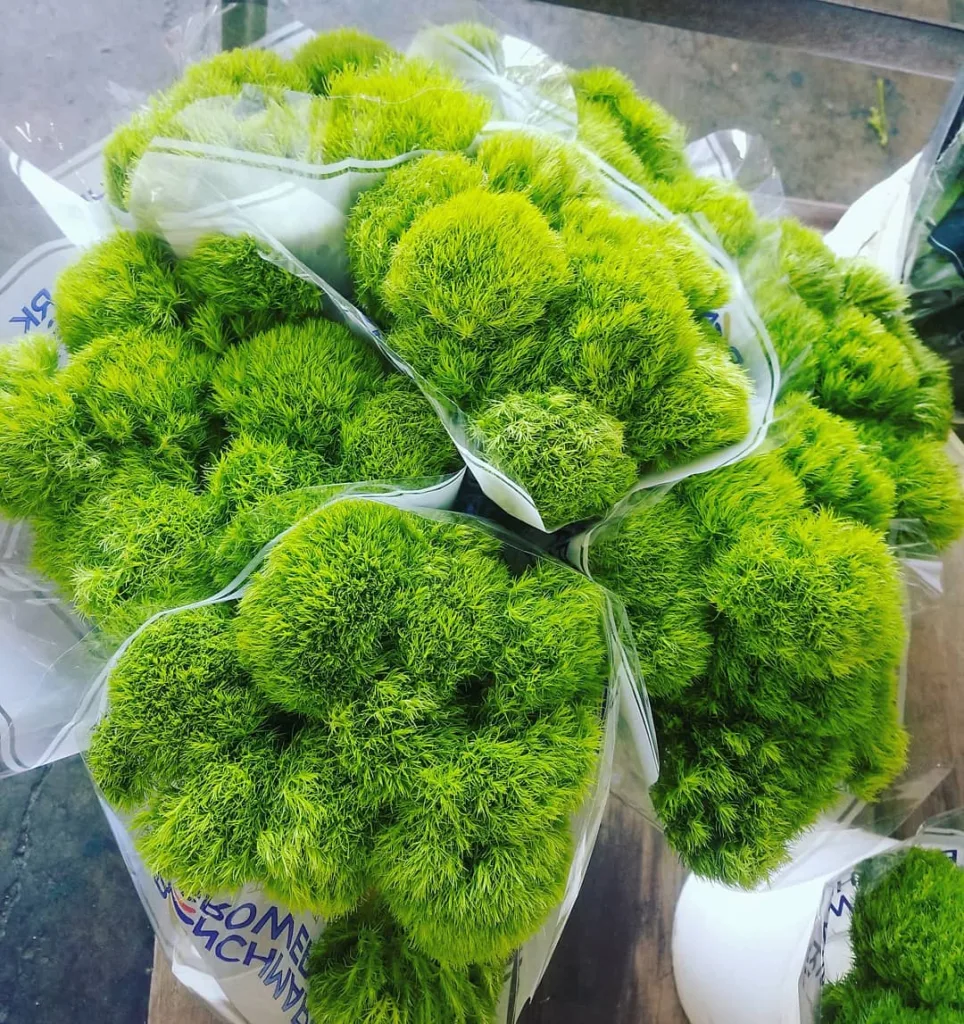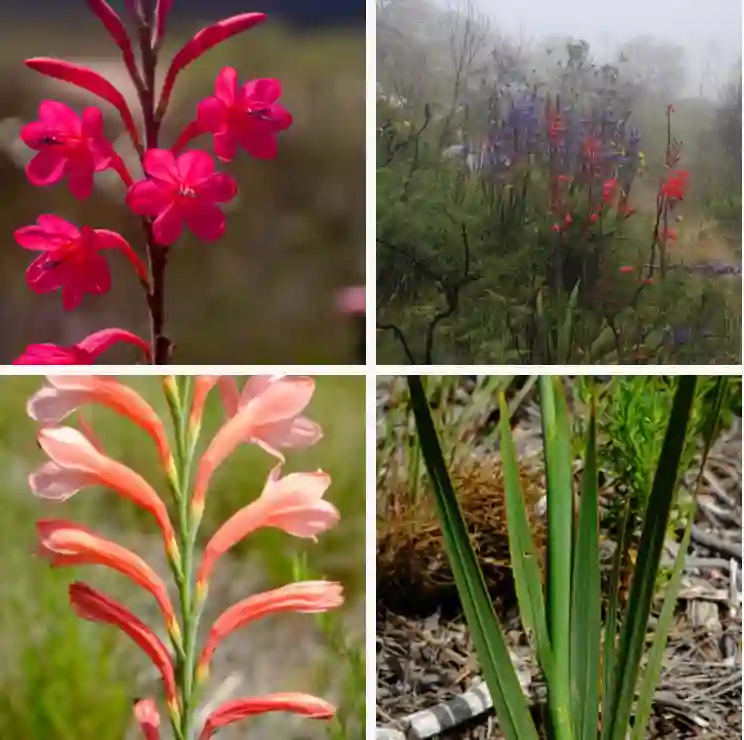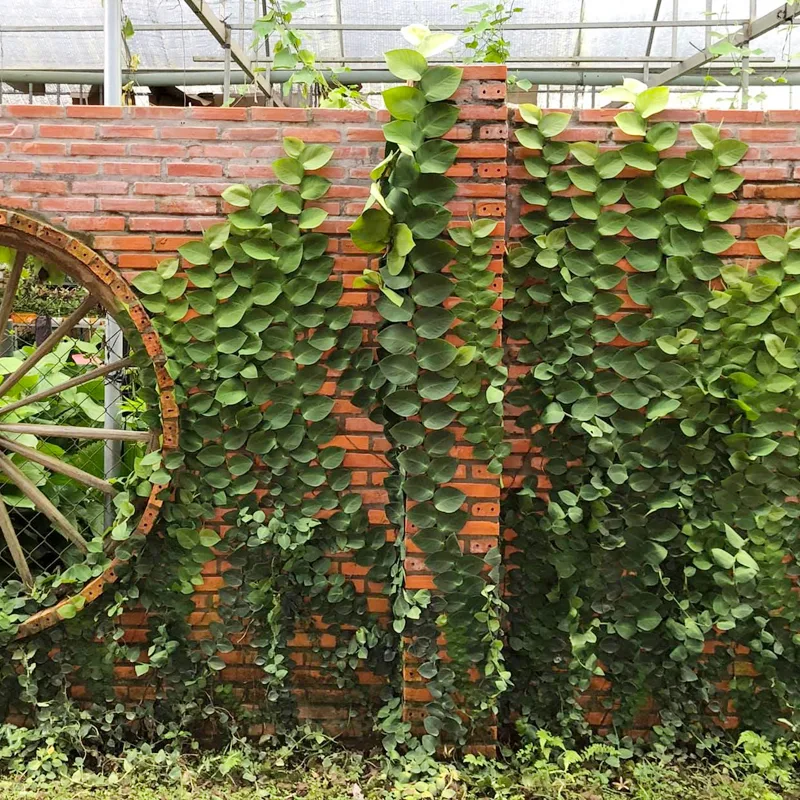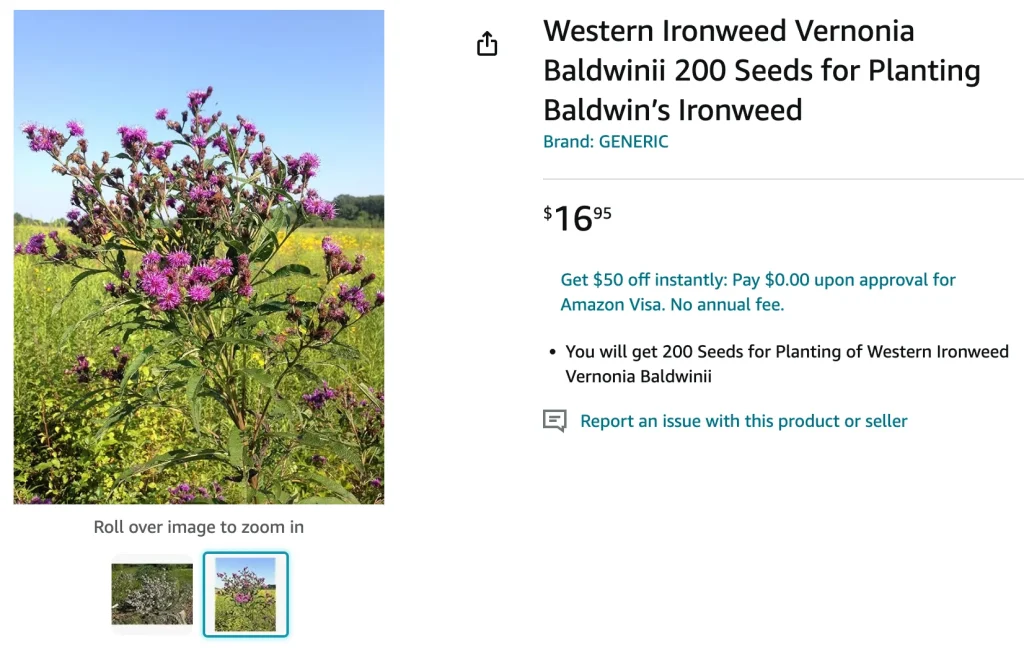
What Is Vernonia Baldwinii?
Vernonia Baldwinii, commonly known as Baldwinii Vernonia, is a charming perennial that belongs to the Asteraceae family. This plant is native to various regions in North America and is valued for its vibrant purple or pink flowers that attract pollinators like bees and butterflies. Its striking appearance and adaptability make it a popular choice for garden enthusiasts and landscapers alike.
339 Species in Genus Vernonia
How to Care for Vernonia Baldwinii?
Caring for Vernonia Baldwinii involves understanding its basic needs and providing the right environment. Here’s what I’ve learned about keeping this plant thriving:
- Light Requirements: Vernonia Baldwinii thrives in full sun to partial shade. It needs at least 6 hours of sunlight a day to bloom effectively. In shaded areas, it may become leggy and produce fewer flowers.
- Soil: This plant prefers well-drained soil, rich in organic matter. It’s not overly fussy about soil pH but tends to perform best in slightly acidic to neutral soil. Adding compost can help improve soil structure and fertility.
- Watering: Regular watering is essential, especially during dry spells. However, it’s crucial to avoid waterlogging, as this can lead to root rot. I’ve found that allowing the top inch of soil to dry out between waterings works well.
- Fertilizing: I recommend a balanced, all-purpose fertilizer applied in early spring. This will promote healthy growth and abundant flowering. Avoid over-fertilizing, as it can lead to excessive foliage at the expense of blooms.
- Pruning: Pruning is minimal but can help maintain the plant’s shape and remove any dead or damaged stems. Cutting back spent blooms can also encourage a second round of flowering.
How to Propagate Vernonia Baldwinii?
Propagating Vernonia Baldwinii can be done through seeds or division. Here’s a quick guide based on my experience:
- Seeds: Sow seeds indoors about 6-8 weeks before the last frost. Use a seed-starting mix and keep them in a warm, well-lit location. Once seedlings have developed a few sets of leaves and the weather is warm, transplant them outdoors.
- Division: Divide established plants in early spring or fall. Gently separate the root clumps and replant them in prepared soil. This method not only propagates the plant but also helps rejuvenate older specimens.
What to Plant with Vernonia Baldwinii?
Vernonia Baldwinii pairs beautifully with various companion plants:
- Echinacea: The contrasting colors of Echinacea’s flowers complement the purple or pink hues of Vernonia Baldwinii.
- Black-eyed Susans: These provide a bright, cheerful contrast and create a dynamic, colorful garden display.
- Salvia: Its tall, spiky flowers can add height and a touch of blue or purple that harmonizes with Vernonia Baldwinii.
Is Vernonia Baldwinii Toxic?
Vernonia Baldwinii is generally considered non-toxic to humans and pets. However, as with any plant, it’s best to keep it out of reach of small children and animals to avoid any potential ingestion or irritation.
Benefits of Vernonia Baldwinii
This plant offers several benefits for gardeners:
- Attracts Pollinators: Its vibrant flowers draw in bees, butterflies, and other beneficial insects, promoting a healthy garden ecosystem.
- Low Maintenance: Once established, Vernonia Baldwinii requires minimal care, making it ideal for busy gardeners.
- Seasonal Interest: It provides long-lasting color from late summer to fall, brightening up the garden during those months.
Common Problems and Solutions
Despite its hardiness, Vernonia Baldwinii can encounter some issues:
- Powdery Mildew: This fungal disease can appear as a white powdery substance on the leaves. Improve air circulation around the plant and apply a fungicide if necessary.
- Spider Mites: These tiny pests can cause leaf discoloration. Regularly inspect your plants and treat infestations with insecticidal soap or neem oil.
Comparing Vernonia Baldwinii to Similar Plants
If you’re considering alternatives or comparing it with similar species, here’s what I’ve found:
- Vernonia Fasciculata: Also known as Prairie Ironweed, this plant is similar in appearance but tends to be shorter and has slightly different flower clusters. Both attract pollinators and thrive in similar conditions.
- Joe-Pye Weed (Eutrochium spp.): Joe-Pye Weed is another tall perennial with a similar blooming period. It has larger flower heads and can grow in similar conditions, but its flowers tend to be more rounded compared to Vernonia Baldwinii’s more open clusters.
In conclusion, Vernonia Baldwinii is a versatile and attractive plant that can enhance any garden. With its vibrant blooms, minimal care requirements, and ability to attract beneficial insects, it’s a fantastic choice for gardeners looking to add color and life to their outdoor spaces.
If i die, water my plants!
